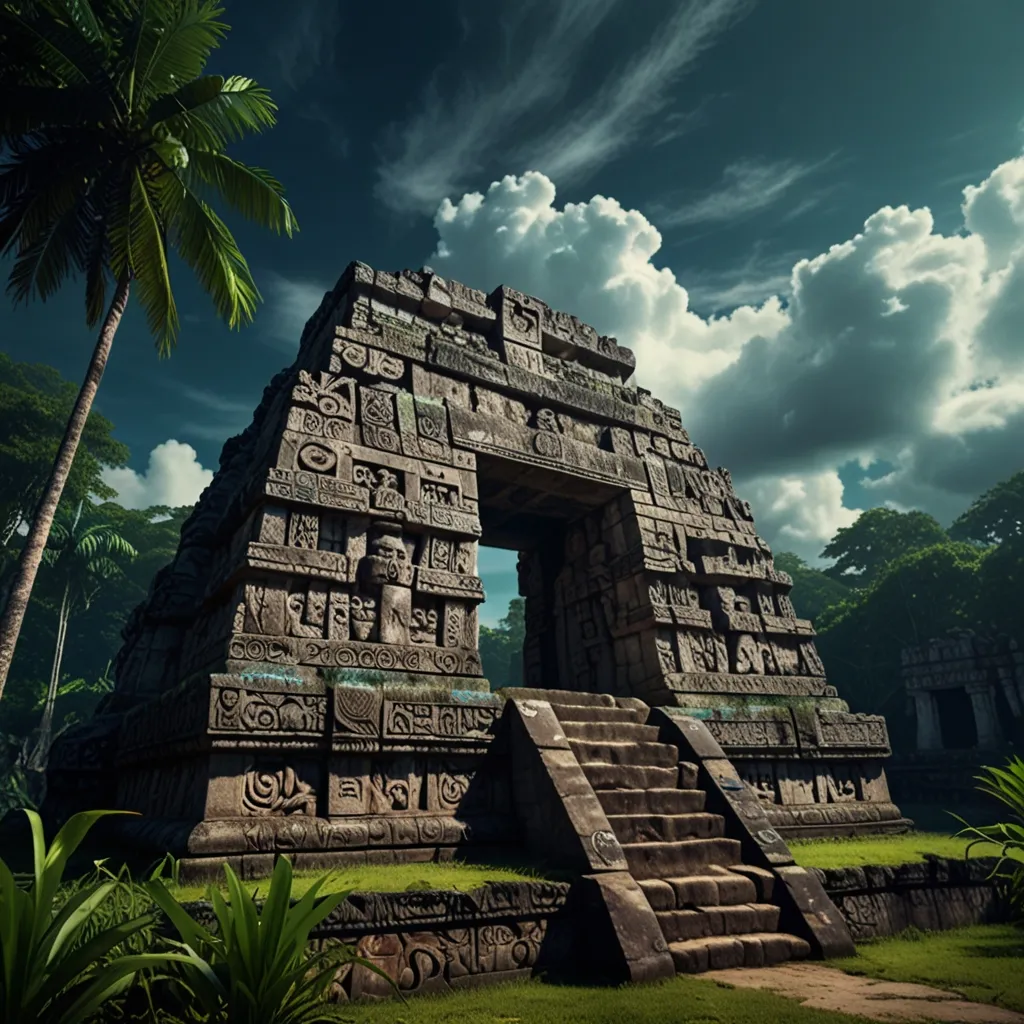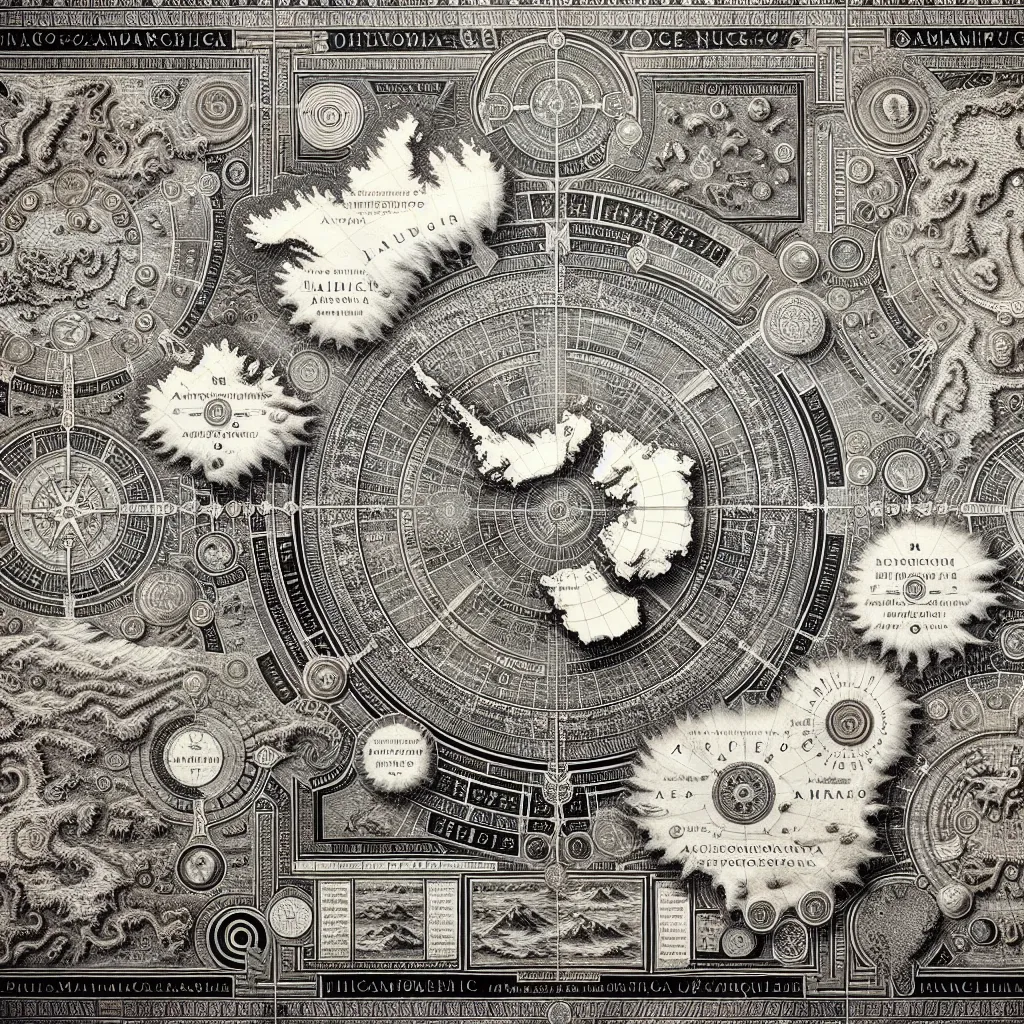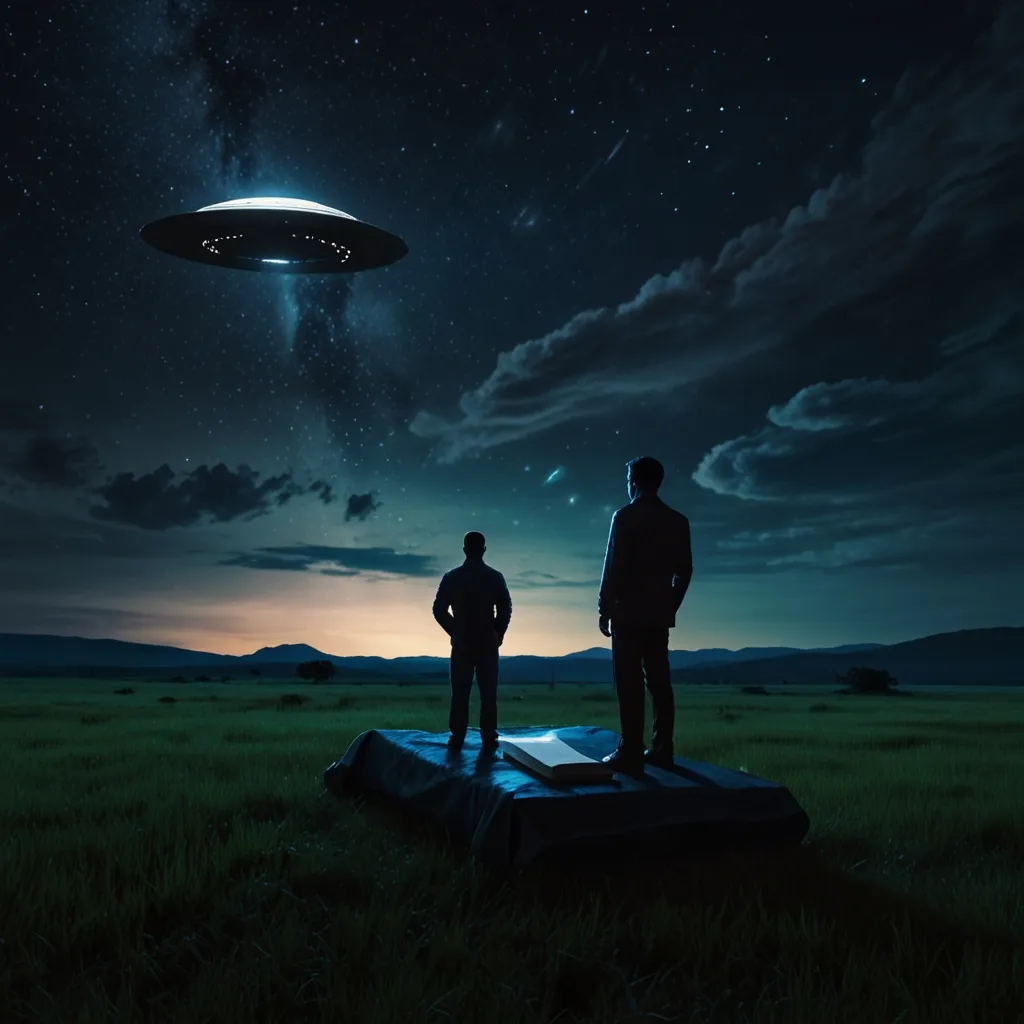Cusco, Peru is a place steeped in history and wonder. Nestled in a high river valley of the Andes Mountains, it’s ringed by towering peaks that reach over 20,000 feet. Before the Spanish conquistadors arrived and changed the course of its history in the 1530s, Cusco reigned as the capital of the Inca Empire from the 13th to 16th centuries. The Spaniards, fresh from their conquest, were staggered when they stumbled upon Sacsayhuaman, a site just north of Cusco known for its impressive stonework.
Sacsayhuaman sits majestically above Cusco, a dramatic site marked by its zigzagging walls on three levels. The stones here are mind-bogglingly massive - some weigh up to 125 tons and were moved from quarries at least three miles away. The site is a marvel, with these enormous blocks fitting together so precisely that not even a dollar bill could be squeezed between them. It’s easily one of the most astonishing ancient constructions you’ll ever encounter.
The zigzag walls of Sacsayhuaman were not just for show; they served crucial functions. The site doubled as both a fortress and a ceremonial center. One particular structure within these megalithic walls was Muyuq Marka, a circular construction that served as the base of a tower where the Inca worshiped the sun god, Inti. This was no small affair; it was a vital part of their spiritual life.
The dominating theory has long been that the Incas were the masterminds behind Sacsayhuaman, constructing it less than a millennium ago. However, this theory has more questions than answers. The earliest Spanish chronicles reveal the conquerors were left speechless by this architectural wonder. Curious about its origins, they asked the local Inca about its builders. The Incas’ response? A simple yet profound, “No, this was here when we arrived 500 years ago.”
This statement has led many experts to suspect that Sacsayhuaman predates the Inca by thousands of years. The Incas, a Bronze Age civilization, simply didn’t have tools hard enough to carve these giant stones; metamorphosed limestone is far tougher than bronze. When examining the construction, there’s a stark difference: the perfectly fitted massive megaliths versus the more jumbled, stone-piled structures with mortar that are distinctly Incan.
What puzzled everybody is if Sacsayhuaman existed way before the Incas arrived, who on Earth, or beyond, could have had the technology to build it? The ancient Incas themselves have stories about celestial beings descending from the skies, giving early humans their very first lessons in art, science, and technology. This aligns neatly with the ancient astronaut theory, which suggests that while human beings built these structures, they did so under the guidance of extraterrestrial beings.
This theory might sound out there, but the precision, scale, and mystery of Sacsayhuaman make conventional explanations fall short. Imagine ancient folks looking up at the sky, maybe spotting some dazzling lights, and then deciding to build a fortress. It’s a theory that delves deep into the realms of speculation, but it does provide an interesting narrative.
The idea that an advanced civilization, possibly with some otherworldly help, existed long before the Incas is a tantalizing thought. It’s one of those theories that adds a layer of mystique to every block of stone up in those Andean heights.
So next time you’re marveling at photos of Cusco or better yet, visiting, think about Sacsayhuaman. Picture how those huge stones were brought from miles away without the help of modern machinery. Ponder the stories the local guides tell and let your imagination run wild. Was it ancient engineers with brilliance beyond our comprehension? Or perhaps visitors from the stars?
It’s the kind of mystery that adds flavor to your travel dreams, turning a historical site into a puzzle wrapped in myth and speculation. And maybe, just maybe, as you stand there among those stones, you might catch a glimpse of something that connects us to a past far more mysterious and complex than we ever imagined.






